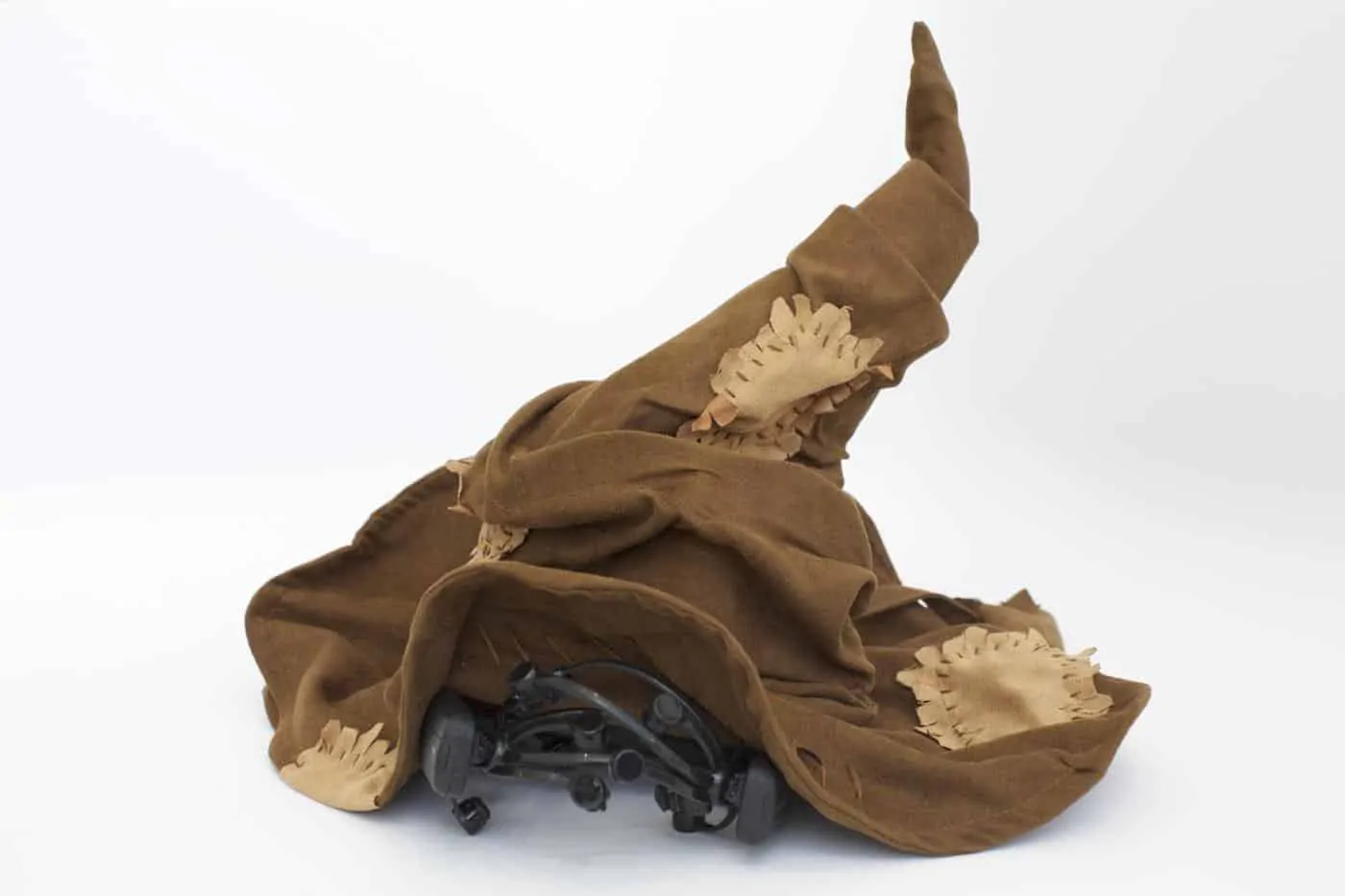A scientific device capable to analyze users’ brain activity and sort them into one of Hogwarts Houses was developed by Nataliya Kosmyna, a post-doc student at Massachusetts Institute of Technology. The project replicates the Sorting Hat from the Harry Potter series.
Untitled as Thinking Cap, the device is linked to a speaker, which makes questions to the user and an electroencephalography (EEG) headset which monitors, by the use of electrodes, the brain activity in face of these questions.
Behind the magic
The Thinking Cap makes several questions to the participants and determines what they are thinking. The answers define which Hogwarts House is more suitable for the users, according to the logarithms of the Sorting Test from Pottermore.
The cap is used to recognize and report brain patterns, a process where the user must imagine certain objects or movements. “When you visualize an object, in your brain, there are different frequencies and activities”, explained the student in an interview to Boston Globe Boston Globe. “There is no magic in it, it’s pure neuroscience”, she added.

The self-esteem hat
The Thinking Hat‘s main goal is to compliment students’ abilities, intending to enhance their self-esteem and positively influence their academic achievements. A study will evaluate children’s’ self-esteem before and after using the device, to determine if there is any change in their self-perception.
“We chose this ‘magical’ object from the well-known film/book franchise because popular press articles have suggested that people are likely to believe they possess the traits the Sorting Hat tells them they have, and consequently behave in related ways”, informed Kosmyna on the page describing the project.

A version of the product was present on February 26 in a computer fair at the Massachusetts Institute of Technology which exhibited projects in the field of robotics, artificial intelligence, health, and renewable energy.
Read also:
+ Company creates a product inspired by Harry Potter’s Invisibility Cloak
+ Inspired by Harry Potter, printer reproduces pictures in motion
Translated into English by Caroline Dorigon
Edited by Aline Michel
















